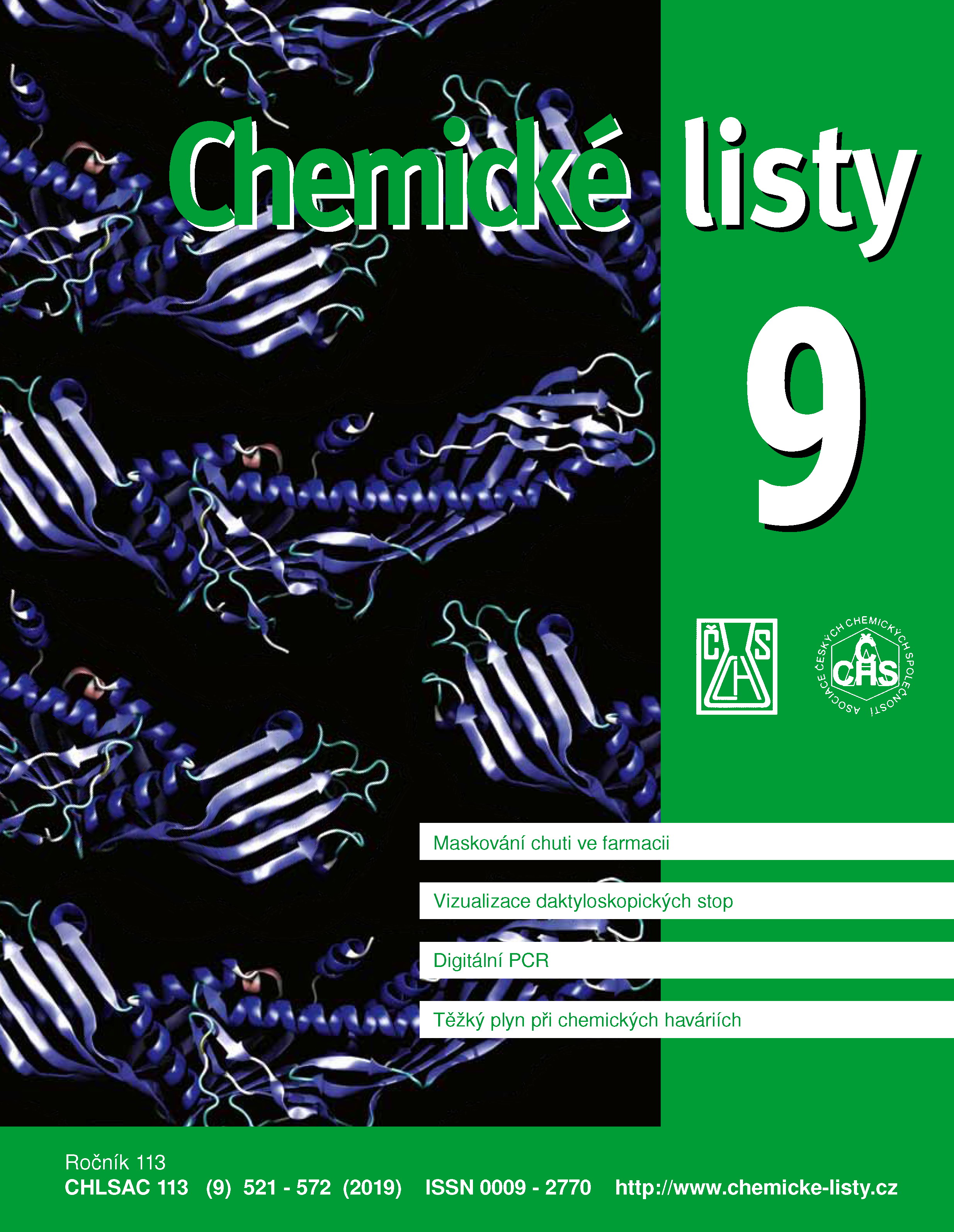The Visualization of Fingerprints Using Conducting Polymer Layers
Keywords:
fingerprint, conducting polymer, visualization of fingerprint, metal substrate, forensic analysisAbstract
The visualization of fingerprints on metal substrates is a problematic issue in contemporary criminology. Common methods of visualization (powder methods) are fast and simple but not very effective for metallic substrates. If fingerprints are deposited on metallic media, the commonly used methods are based on the reaction of the reagent with the fingerprint material, making the ridges of the papillary lines visible and creating a positive image of the fingerprint. However, for these classical methods, the progressive aging of the fingerprint poses a problem, resulting in the loss of identification information. This review is devoted to the use of a thin conducting polymer layers for better visualization of fingerprints on problematic metal surfaces, which are widespread in the criminology. The fingerprint on a metallic substrate behaves like a template: it masks those areas where papillary lines are present, thus inhibiting polymer deposition. The result is a negative image of the fingerprint which means that only areas where the surface of the substrate is not blocked by the fingerprint are visible. This simple method of the fingerprint visualization, based on electrodeposited polymers is fast, inexpensive and reliable. It can represent a great help for criminal investigators.





